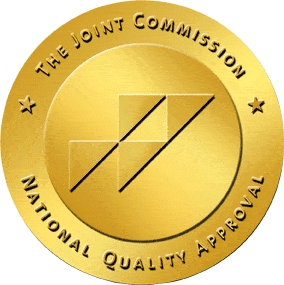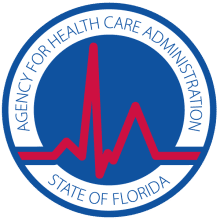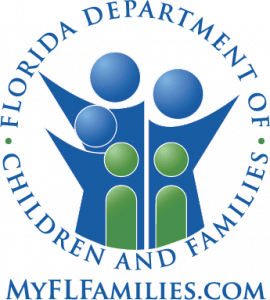Bath salts are a common name for a cocktail of stimulants that produces the opposite effect of a warm soothing bath. In fact, instead of producing a relaxed state, the drug can cause erratic, strange and psychotic behavior. In a case making headlines out of Miami, Florida, a biker spotted a man attacking a homeless man’s face. Completely naked and unresponsive to repeated requests by the police to stop cannibalizing his victim’s face, the man died at the scene after being shot by police. Police suspect that the man was under the influence of bath salts; however, toxicology reports have not been released.
Bath Salts: Not As Harmless As They Sound
Bath salts are marketed on the street as a replacement for cocaine and LSD and may be called by innocent-sounding names like Cloud Nine, Vanilla Sky and Purple Wave. Bath salts may be inhaled, injected and snorted like other narcotics.
Bath salts are a very dangerous and toxic drug. According to a CDC report of bath salt abusers in Michigan, users experienced physical and psychological side effects to the drug. The CDC study found that 91 percent of users had neurological damage and 49 percent had psychological difficulties associated with the drug. People who use the drugs may hallucinate and claim to see strange sights, like aliens and monsters or experience the symptoms of psychosis. The drug causes severe agitation, rapid heartbeat, and high blood pressure, and it is not uncommon for bath salt users to be found naked as a result of their perception that they are overheating. The CDC report also states that bath salts users usually abuse other substances like methamphetamines, cocaine and opiates.
Bath Salts: On the Rise?
According to National Institute on Drug Abuse, calls to poison control centers rose from 236 in the entire year 2010 to over 250 in the first two months of 2011. A Drug Enforcement Administration report cited an increase in bath salts use from two in 2009 to 338 in 2010 to over 900 in 2011 involving 34 states.
While the drugs they mimic are tightly controlled and monitored by pharmaceutical companies and law enforcement, the main component of bath salts – amphetamines – is not illegal. Common pharmaceuticals, like Adderall, contain amphetamines. Other ingredients, such as the chemicals methylenedioxypyrovalerone, mephedrone, and methylone are banned by the DEA. Bath salts are often mislabeled to avoid detection and to ease distribution. While stimulants are controlled drugs, the labs often produce variations of existing drugs to avoid regulation. Many states and the federal government are considering legislation to prohibit the distribution and sale of the drug.
In our own experience at Destination Hope, we’re fielding more calls about bath salt abuse and treating more patients suffering from bath salt abuse than before. The good news is that like other drugs, there are effective treatment methods that can help. If you or someone you love is abusing bath salts, please call us today. We have a women’s program designed to treat the unique needs of women during recovery. Destination Hope is a full-service alcohol abuse, drug addiction, and health treatment facility in Florida for men and women who suffer from substance abuse and mental health disorders.



